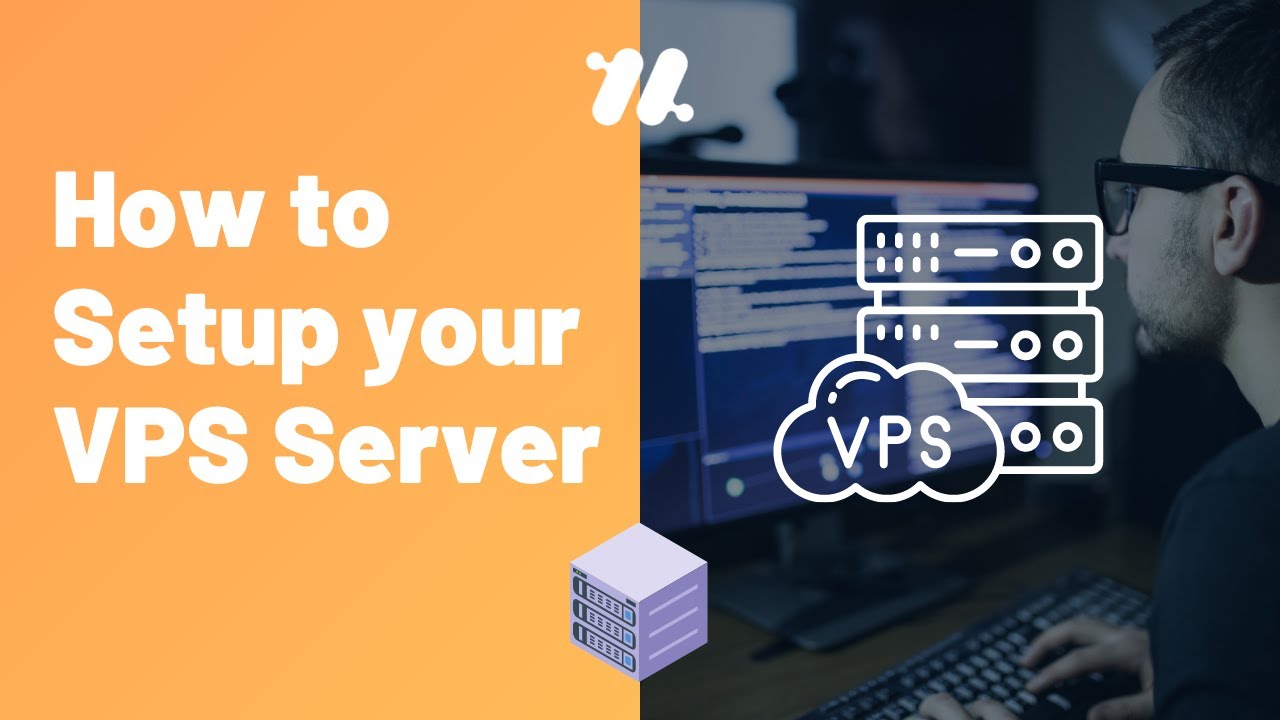How to Host Your Own VPS
Have you been thinking about hosting your own VPS but not sure where to start? In this guide, we will walk you through the steps to set up and maintain your own Virtual Private Server (VPS). By hosting your own VPS, you will have full control over your server environment, allowing you to customize it to suit your needs. Let’s get started!
1. Choose a VPS Provider
The first step in hosting your own VPS is to choose a provider. There are many VPS providers to choose from, such as DigitalOcean, Linode, and Vultr. Consider factors such as pricing, server locations, and customer support when making your decision.
2. Select an Operating System
Once you have chosen a VPS provider, the next step is to select an operating system for your server. Popular choices include Ubuntu, CentOS, and Debian. Choose an operating system that you are comfortable with and that is compatible with the software you plan to run on your server.
3. Install Required Software
After selecting your operating system, you will need to install the necessary software to run your server. This may include web server software such as Apache or Nginx, database software, and other tools depending on your needs. Follow the documentation provided by your VPS provider to install the required software.
4. Secure Your Server
Security is paramount when hosting your own VPS. Make sure to secure your server by setting up a firewall, regularly updating your software, and using secure passwords. Consider using tools like Fail2ban to protect against brute force attacks.
5. Back Up Your Data
It is important to regularly back up your data when hosting your own VPS. Set up automated backups to ensure that your data is safe in case of hardware failure or other emergencies. Consider using cloud storage services for offsite backups.
6. Monitor Your Server
Monitoring your server is crucial to ensuring its performance and availability. Use monitoring tools like Nagios or Zabbix to keep an eye on your server’s resources and services. Set up alerts to notify you of any issues that may arise.
7. Optimize Your Server
Finally, optimize your server for better performance. This may include tuning your web server software, optimizing your database configuration, and caching content where appropriate. Regularly review and adjust your server settings to ensure optimal performance.
Conclusion
Hosting your own VPS can be a rewarding experience, giving you full control over your server environment. By following these steps, you can set up and maintain your VPS with confidence. Remember to stay informed about best practices in server management and security to keep your server running smoothly.
